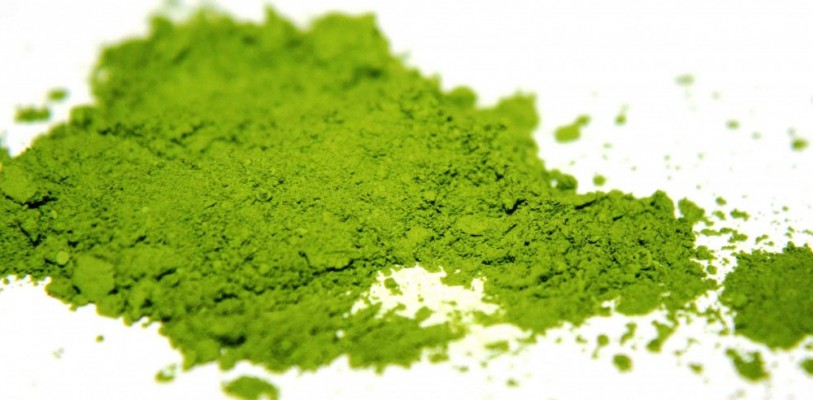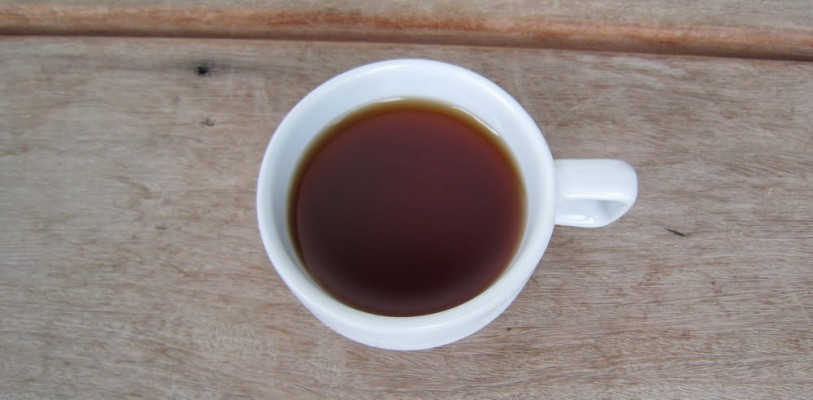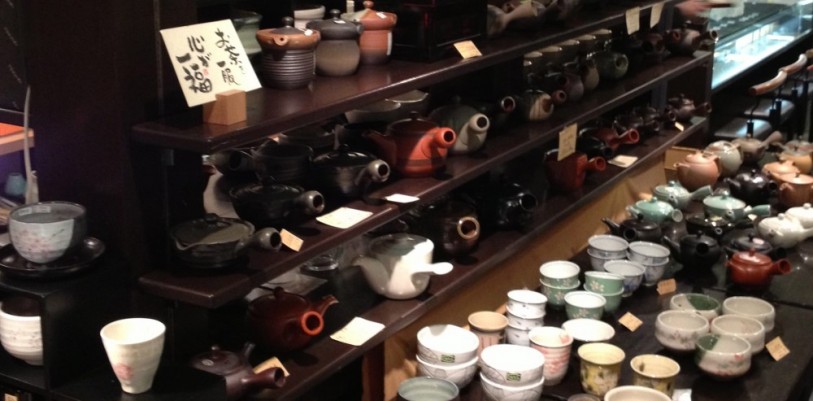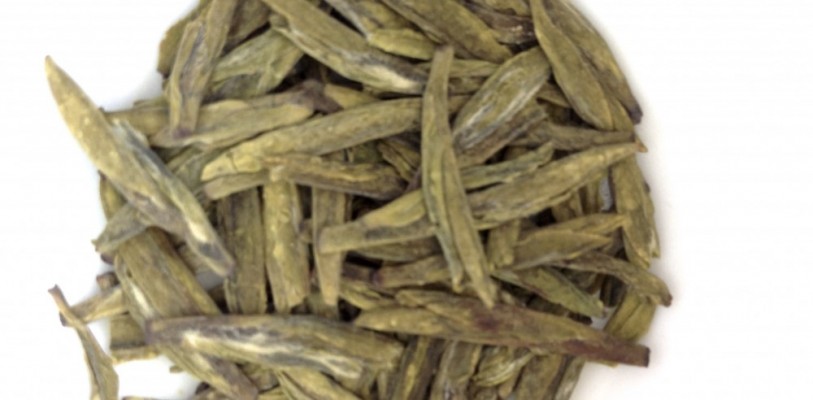
Many sellers of matcha green tea are claiming that their tea has 137 times the antioxidants of regular green tea! This is a far-fetched claim that would be more dangerous than beneficial. Let me explain.
If this statement were true, green tea powder would more likely be classified as a toxin rather than a health drink. I’ve read the study that this quote comes from and my immediate response is that it is being grossly misused.
Now, I’m a true believer of the health properties associated with the catechin EGCG found in green tea.
As a matter of fact, I substitute a mug of coffee for green tea as often as I can! I also drink an iced matcha green tea everyday at around 3:30 in the afternoon.
I have seen, on countless websites, a claim that matcha has 137 times more EGCG than regular green tea.
Hmmmm…. Let’s stop and think about this.
According to the USDA, the average level of EGCG found in regular green tea is about 80 mg. That would mean matcha tea has an average level of 10,960 mg (80 x 137) of EGCG in one cup – Not likely.
A study from Chemical Research In Toxicology found that people who consume more than 750 mg of green tea extract felt nauseous, and many of the participants taking higher doses showed signs of liver toxicity among other serious issues (see Recommended daily allowance).
Long story short, it is recommended that you not ingest more EGCG than your body can handle. So 10,000 mg of EGCG would be extremely dangerous.

The statement of “137x more antioxidants” is more likely a gross misquotation of a study done at the University of Colorado at Colorado Springs. In this study, the researchers compared the different levels of EGCG in matcha to those of Tazo® China Green Tips green tea, a brand of tea sold at Starbucks.
It is obvious that everyone is getting their quote from the last sentence of the study’s abstract. It is as follows:
“Using a mg catechin/g of dry leaf comparison, results indicate that the concentration of epigallocatechin gallate (EGCG) available from drinking matcha is 137 times greater than the amount of EGCG available from China Green Tips green tea, and at least three times higher than the largest literature value for other green teas.”
This study is only saying that their sample of matcha had 137 times more EGCG than the results they got from their sample of Tazo® brand China Green Tips tea.
It then goes on to say that matcha green tea has 3 times more EGCG than the highest rated teas from other studies.
They only found 0.42 mg of EGCG per 1 g of the Tazo® brand China Green Tips tea and 57.4 mg of EGCG per 1 g of matcha. Both of these numbers are lower than the average of what the USDA found.
Nowhere in the entire report does it say that matcha has 137 times more EGCG than regular green tea.
I can agree that matcha green tea probably gives you more EGCG than regular green tea because you ingest the entire leaf. Usually it has about 3 times the amount of regular green tea. But 137 times more is really difficult to swallow.
If it really had that much EGCG, I probably wouldn’t be sitting here at my computer typing this article. All the while sipping on a refreshing iced matcha!
That’s not why I drink it though. I drink it for the way it makes me feel. The EGCG, weight management and cancer prevention is all just gravy.
I’d also like to mention that tea comes from a plant, so its levels of EGCG are going to fluctuate from leaf to leaf and tea bag to tea bag. Tea, and the EGCG it carries, has a shelf life.
The older your tea gets, the fewer beneficial qualities you get. So when buying green tea, you want to pay attention to both quality and age.
Anderton, C. R. & Weiss, D. J. (2003). Determination of catechins in matcha green tea by micellar electrokinetic chromatography. Journal of Chromatography A, 1011(1-2), 173-180.
Lambert, J. D., Sang, S., & Yang, C. S. (2007). Possible controversy over dietary polyphenols: Benefits vs risks. Chemical Research In Toxicology, 20(4), 583-585.
USDA Database for the Flavonoid Content of Selected Foods, Release 2.1. (2007). Retrieved from http://www.ars.usda.gov/services/docs.htm?docid=6231


